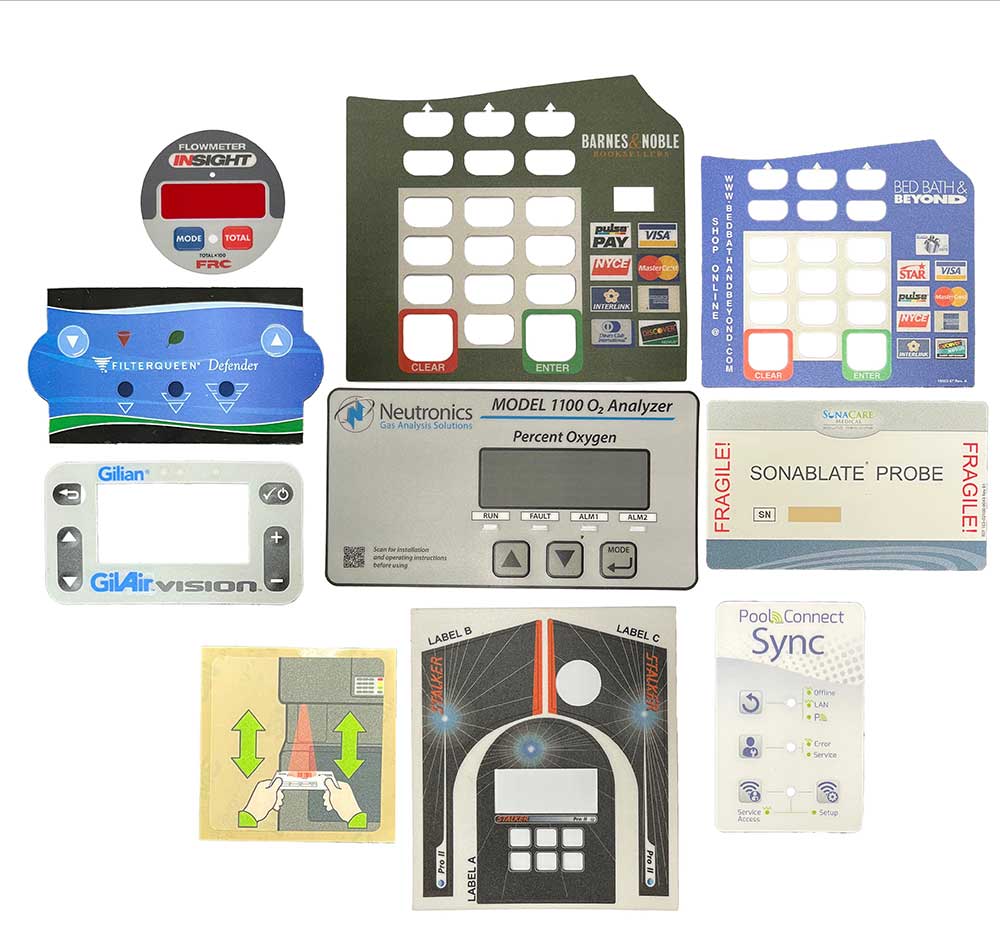Top Aspects to Keep in Mind When Creating Custom Graphic Overlays for Your Product
Top Aspects to Keep in Mind When Creating Custom Graphic Overlays for Your Product
Blog Article
Comprehending How Graphic Overlays Work to Boost Your Imaginative Tasks
Graphic overlays serve as a crucial component in the world of imaginative projects, improving both aesthetic communication and target market interaction. The successful assimilation of these overlays calls for cautious consideration of design principles and purposes.
What Are Graphic Overlays?
Graphic overlays are aesthetic aspects that are placed on top of a base photo or user interface to enhance interaction and individual experience. They serve various functions, including offering additional details, leading individual communication, and enhancing aesthetic appeal. Usual applications of graphic overlays can be discovered in digital user interfaces, advertising, and academic materials.

Graphic overlays are usually produced using style software program, enabling developers to control openness, color, and size to accomplish the wanted result. Comprehending exactly how to effectively execute graphic overlays is critical for developers aiming to raise their creative jobs.

Advantages of Utilizing Graphic Overlays
Using graphic overlays can substantially boost the effectiveness of aesthetic interaction across numerous mediums. Among the main benefits is the ability to share complex details succinctly. By layering graphics, message, and images, overlays promote the discussion of data in a more absorbable format, making it simpler for audiences to comprehend vital concepts quickly.
Moreover, graphic overlays can increase visual allure, attracting focus to details aspects within a style. This is especially helpful in marketing and advertising, where recording the viewer's interest is paramount. The strategic usage of shades, shapes, and typography in overlays can produce a interesting and cohesive aesthetic story, boosting brand acknowledgment.
Additionally, graphic overlays provide flexibility in style. They permit creators to adjust content for different systems without going back to square one, ensuring consistency across numerous networks. This flexibility is crucial in today's electronic landscape, where material has to be maximized for diverse tools and formats.
Sorts Of Graphic Overlays
When thinking about the various sorts of visuals overlays, it is essential to acknowledge their diverse applications throughout different markets. Graphic overlays can be categorized primarily into 3 kinds: practical, decorative, and informative.
Functional overlays are developed to enhance the use of a product. Frequently located in digital tools, these overlays often provide responsive responses with increased switches or distinctive surfaces, boosting individual communication. They can also act as a protective layer, protecting the underlying components from wear and tear.
Decorative overlays concentrate on visual improvement, enabling brand names to express their identity through vibrant layouts and personalized graphics. These overlays prevail in packaging, advertising and marketing, and point-of-sale products, where visual appeal is vital for attracting consumers.
Informational overlays, on the other hand, are utilized to communicate crucial data or directions. They can be seen in applications such as signage, individual manuals, and educational graphics, where clearness and readability are extremely important.
Each sort of visuals overlay serves a distinct purpose, adding to the overall effectiveness of imaginative tasks while addressing specific demands within numerous industries. Comprehending these differences is vital for choosing the ideal overlay for your task.
Ideal Practices for Implementation
To make sure the effective application of graphic overlays, it is vital to establish a clear understanding of the task's purposes and the details demands of the end-users. Begin by performing comprehensive study to determine the target market and their preferences, as this will certainly educate design selections and performance.
Following, produce a thorough strategy that outlines the overlay's assimilation, design, and purpose process. This plan must include interface factors to consider, making sure that overlays enhance instead than block the user experience - Graphic Overlays. Preserve and think about the visual hierarchy consistency in style components, such as shade fonts, schemes, and symbols, check this site out to promote brand comprehensibility
Checking is necessary; gather feedback from a representative sample of customers to determine prospective concerns and areas for enhancement. Iterate on the design based upon user input and performance data. Additionally, ensure compatibility across different tools and systems to optimize accessibility.
Tools for Creating Overlays
Developing efficient visuals overlays needs the right tools to equate layout principles right into functional applications. Numerous software program and platforms are offered, each Full Article customized to specific requirements and skill degrees.
Adobe Photoshop and Illustrator are industry standards, offering substantial capacities for developing and adjusting overlays. These tools provide innovative attributes such as layer management, blending modes, and vector graphics, enabling developers to create detailed and high-quality overlays.
For those looking for a much more user-friendly approach, Canva and Figma are excellent choices (Graphic Overlays). Canva's user-friendly user interface enables individuals to produce overlays swiftly making use of pre-designed templates, while Figma helps with collaborative style in real-time, making it suitable for teams
In addition, open-source choices like GIMP and Inkscape provide robust capabilities without the associated prices of exclusive software application. These devices enable flexibility in design and can fit numerous data layouts, making sure compatibility throughout different systems.

Conclusion
To conclude, graphic overlays act as powerful tools for improving creative jobs by giving visual clearness, visual charm, and brand name consistency. Their diverse applications, ranging from useful to attractive, emphasize their adaptability in communication. Sticking to finest techniques and using ideal devices makes sure efficient implementation and optimizes the influence of overlays. By recognizing the fundamental principles and advantages connected with visuals overlays, developers can substantially enhance the high quality and effectiveness of their visual communications.
Graphic overlays offer as a crucial element in the realm of imaginative jobs, enhancing both visual interaction and audience involvement.Graphic overlays are commonly more produced making use of style software, permitting designers to control color, transparency, and dimension to accomplish the preferred result.Furthermore, visuals overlays can improve visual charm, drawing attention to certain elements within a design.Furthermore, visuals overlays give flexibility in design.In verdict, visuals overlays serve as powerful tools for improving imaginative projects by supplying visual quality, visual allure, and brand consistency.
Report this page